Charcoal skies and lime lawns – that’s how I remember my first visit to the Kirishima Open-Air Museum last June. Now, eight months later and in the last months of winter, the landscape surrounding the outdoor art gallery looked somewhat different. As Ian and I chugged up the road that winds around the side of Mount Kurinodake, I kept my eyes peeled for the two, giant polka dot flowers, one yellow and one red, which mark the rabbit hole into the sculpture Wonderland.
Upon first glance, the museum looks like any other modern art gallery: a tree-lined walkway leads to the entrance of a giant 3D rounded rectangle decorated with tall, glass windows tinted a shade of turquoise. Inside, a larger-than-life high heeled shoe, matching in pattern to the flowers at the gates, sits adjacent to a small cafe-come-gift shop. And off to the left, installations are scattered around a small, white hall.
The real attraction, of course, is outside.
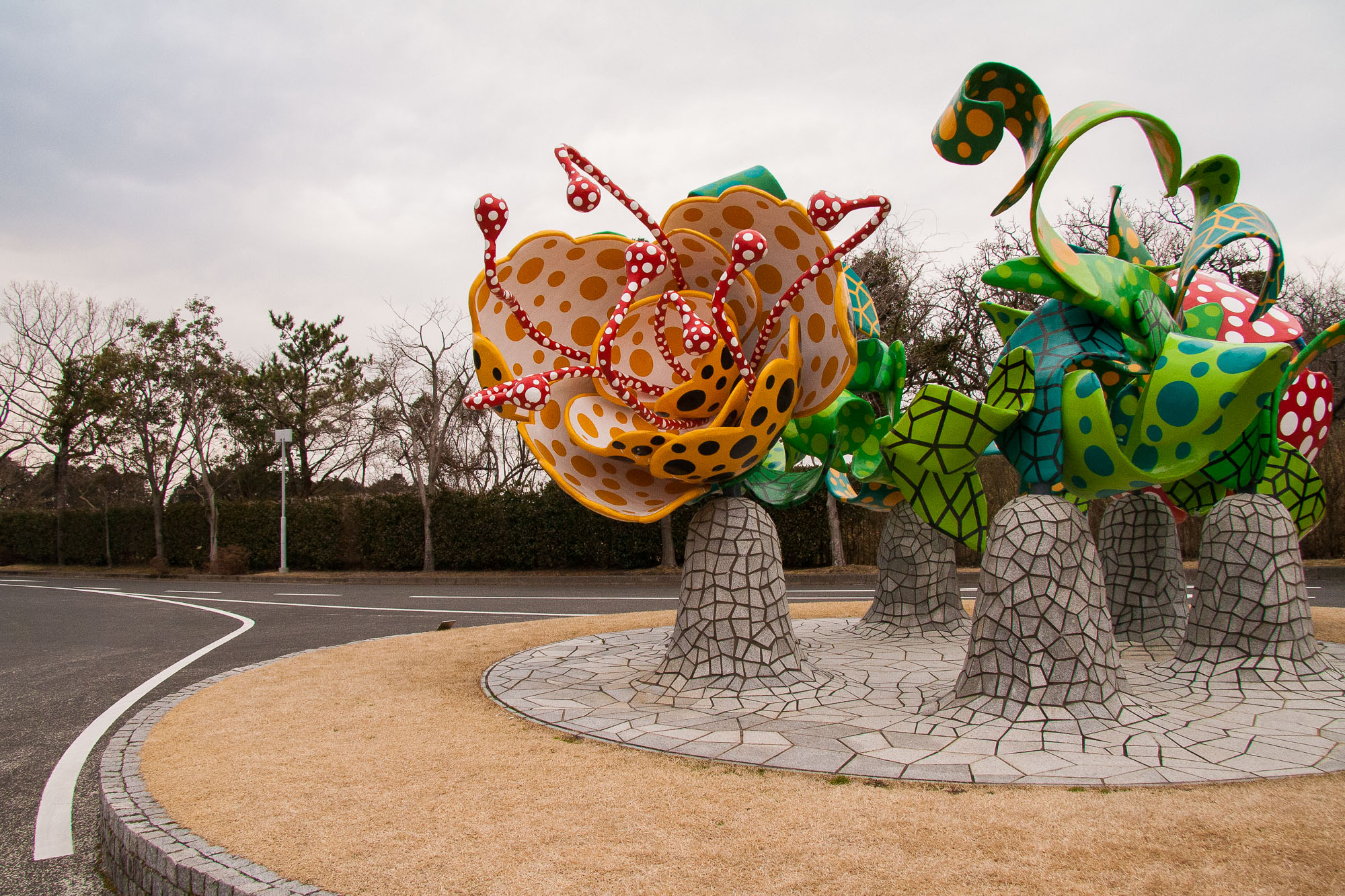
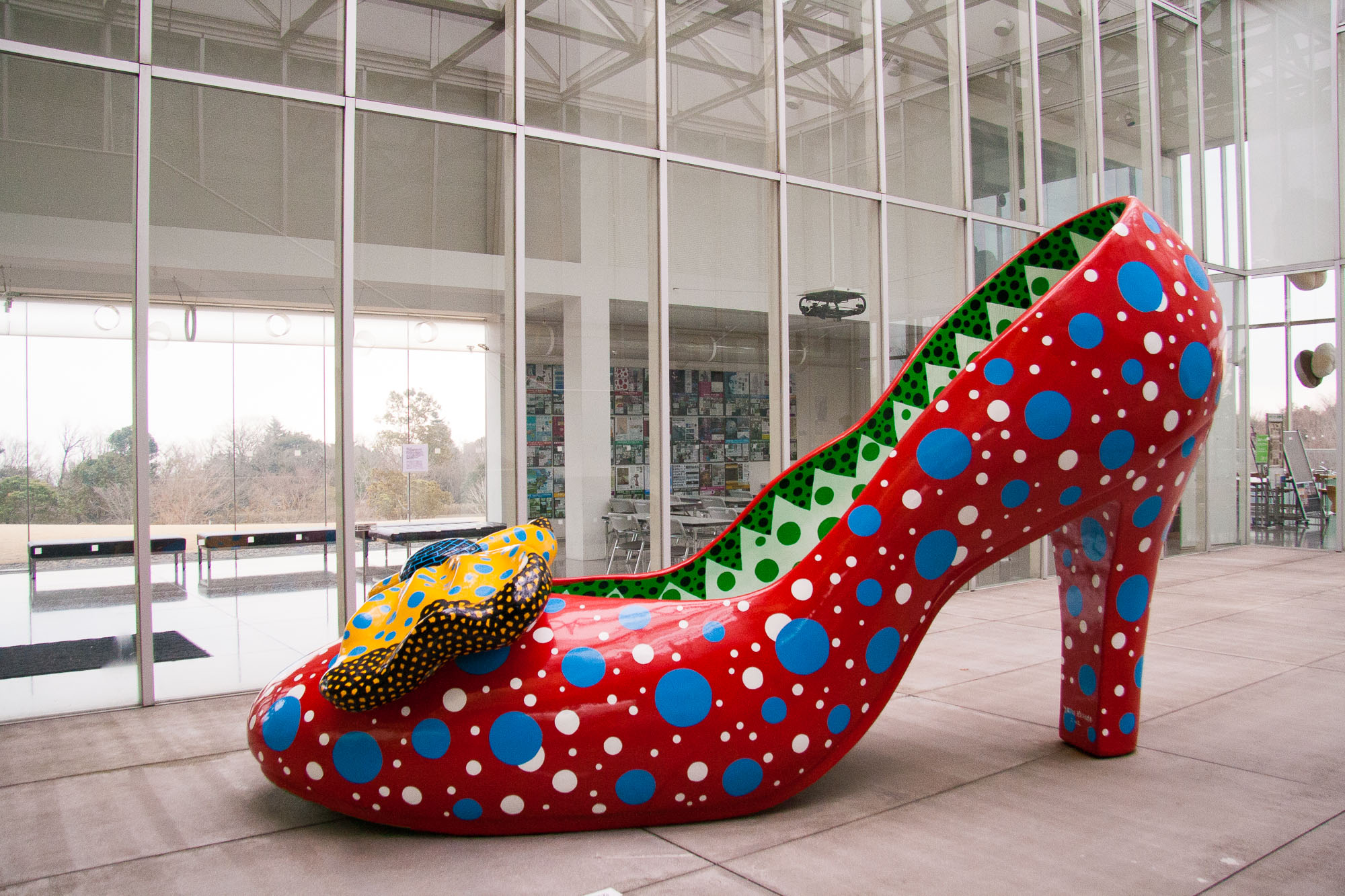
We began our visit with a quick look around the current art hall exhibition, followed by a quick coffee on the balcony of the café. It overlooks the 2 km (1.2 mi) walkway that loops around the grounds and into the nearby forest. What was a bright green lawn last summer was now yellowing and brown.
Along the route, there are about 22 different sculptures and spatial art works. The pieces are all inspired by the surrounding topography, designed by local and international artists who visited the site.
The outdoor exhibit is highly interactive, imploring visitors to reflect on their relationship to and with nature through touching, climbing, sitting and playing.
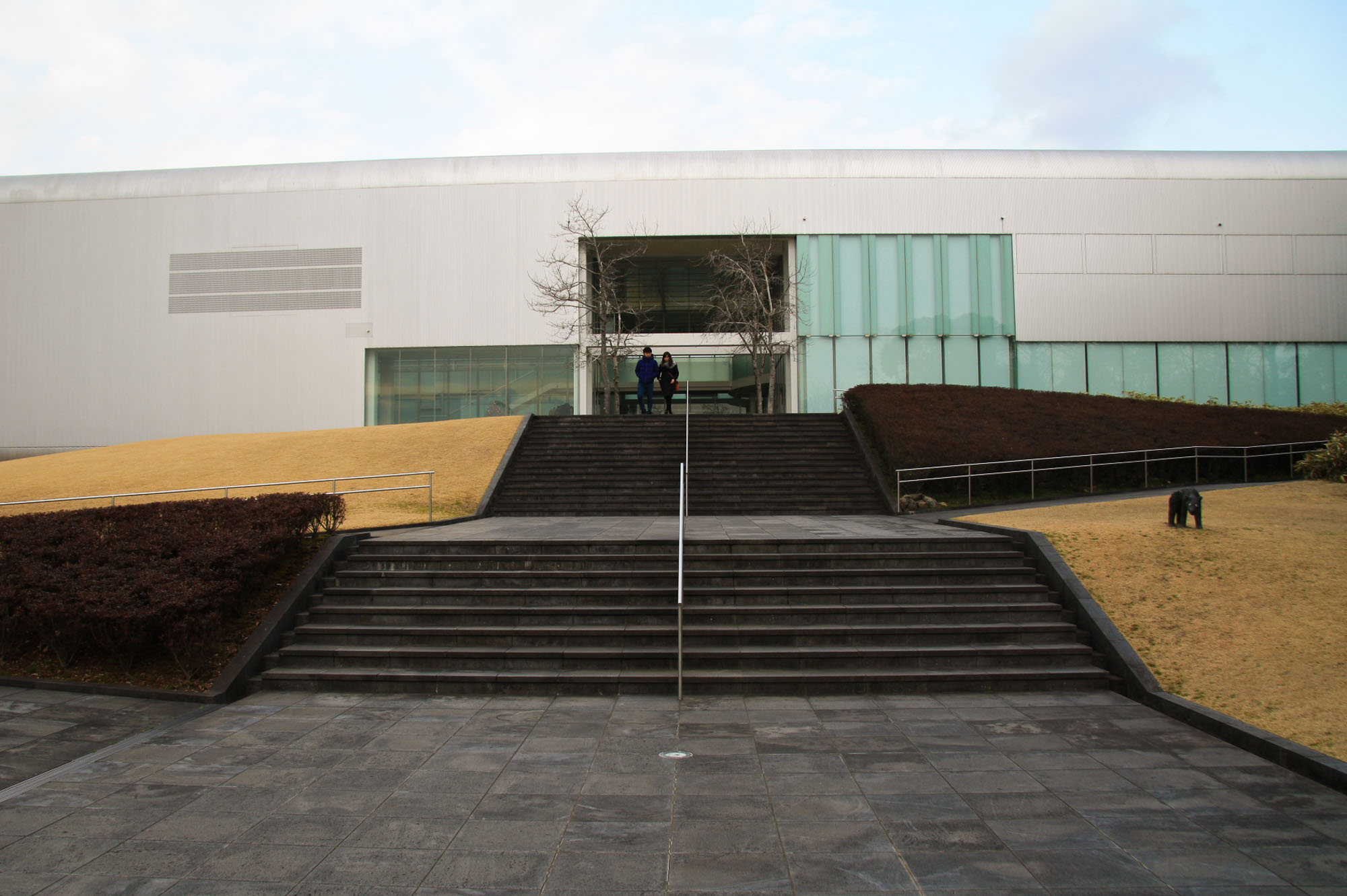
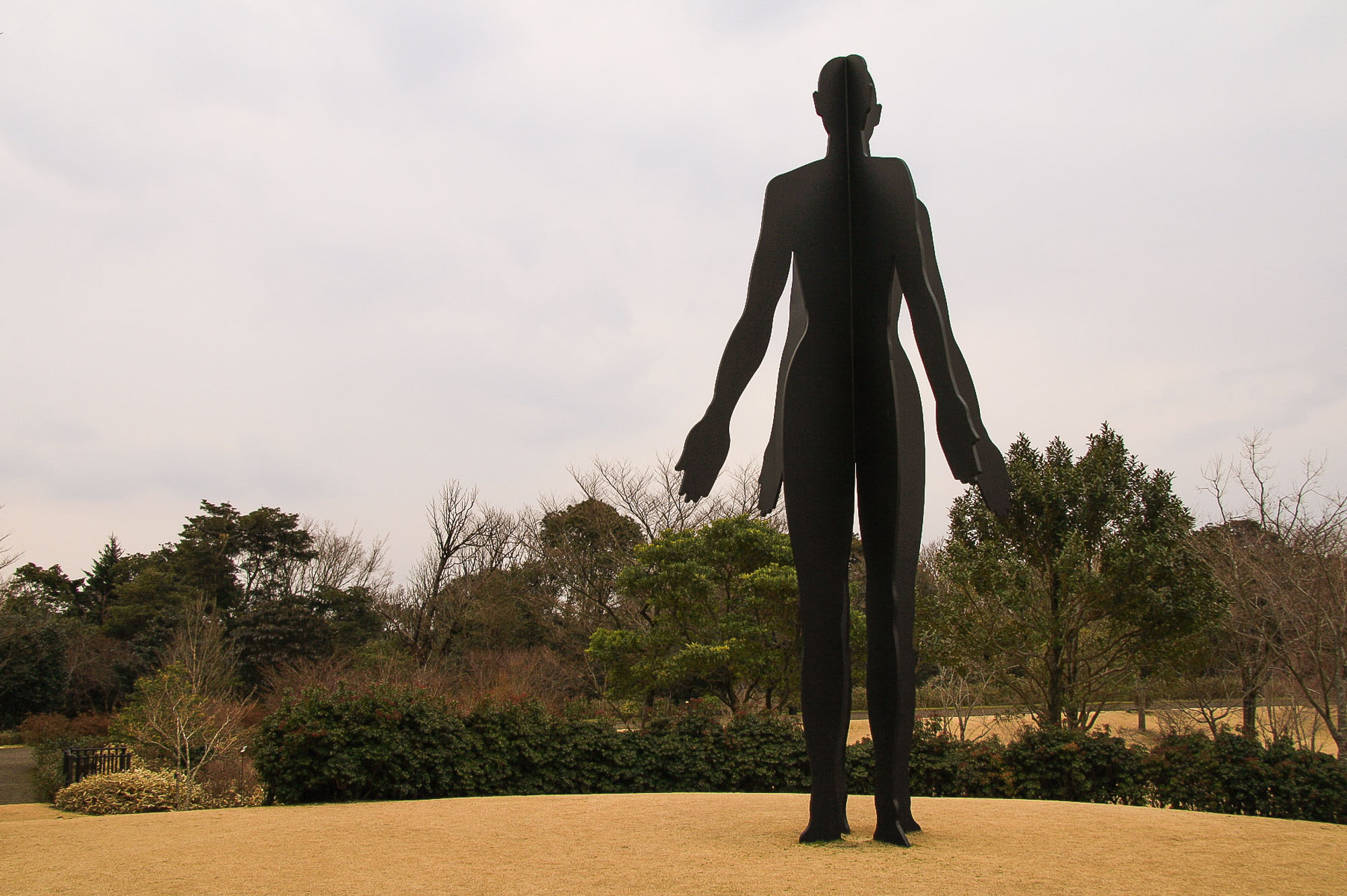
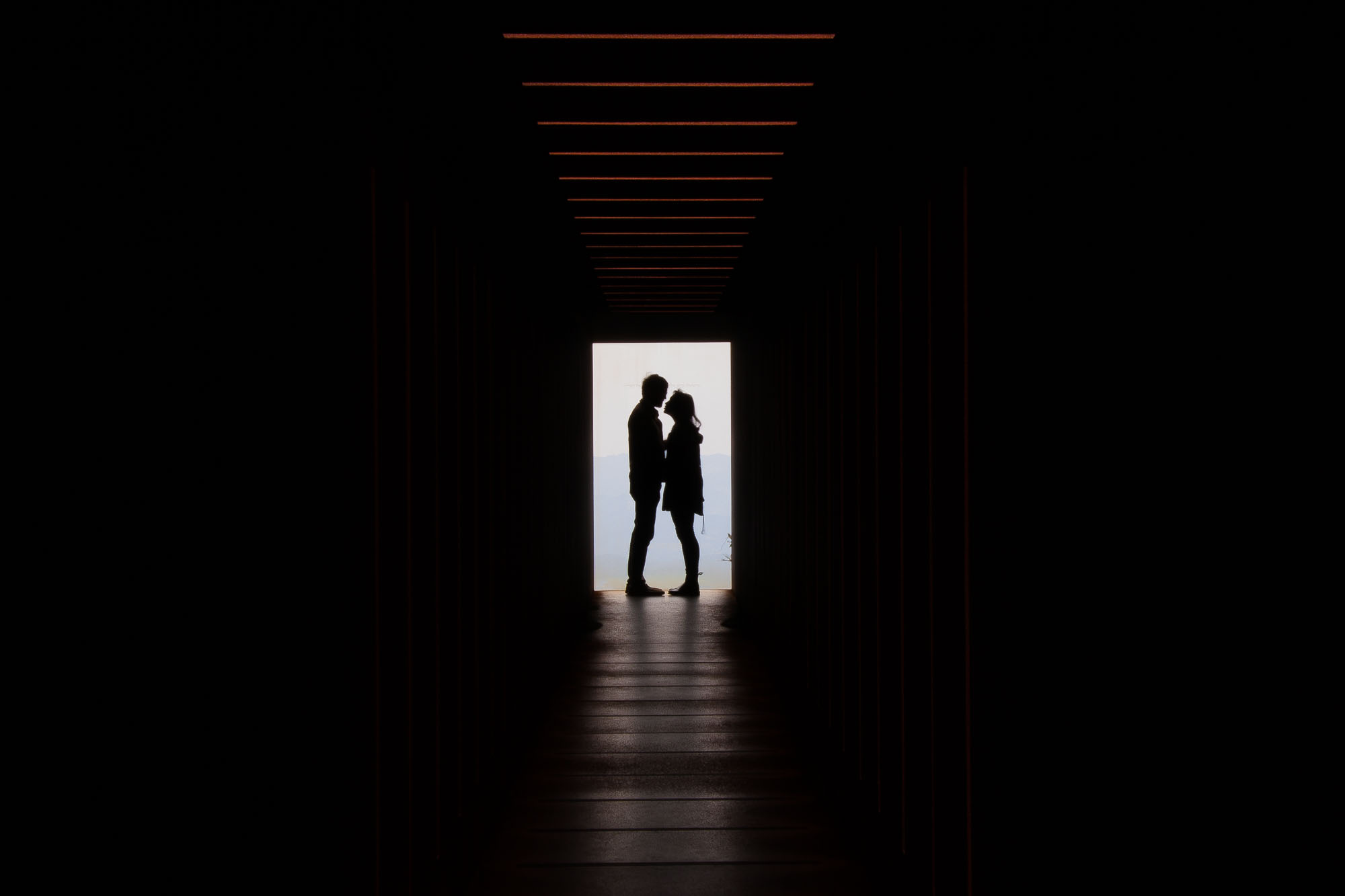
Israeli sculptor Dani Karavan’s In the Beginning is one of my favourites; the iron tunnel perched on the edge of a cliff offers a magnificent panoramic view of the valley below. But even more fascinating are the rays of light that enter the tunnel through gaps in its ceiling and floor, fuelling the contrast between dark and light at each of its ends.
Insiders by British sculptor, Antony Gormley, is also a treat. Visitors are challenged to find all five of the tall, thin iron sculptures in the forest camouflaged amongst the trees. Similarly, there are at least half a dozen dog sculptures that can be spotted in the woods – an installation by Japanese artist Hiroshi Fuji.
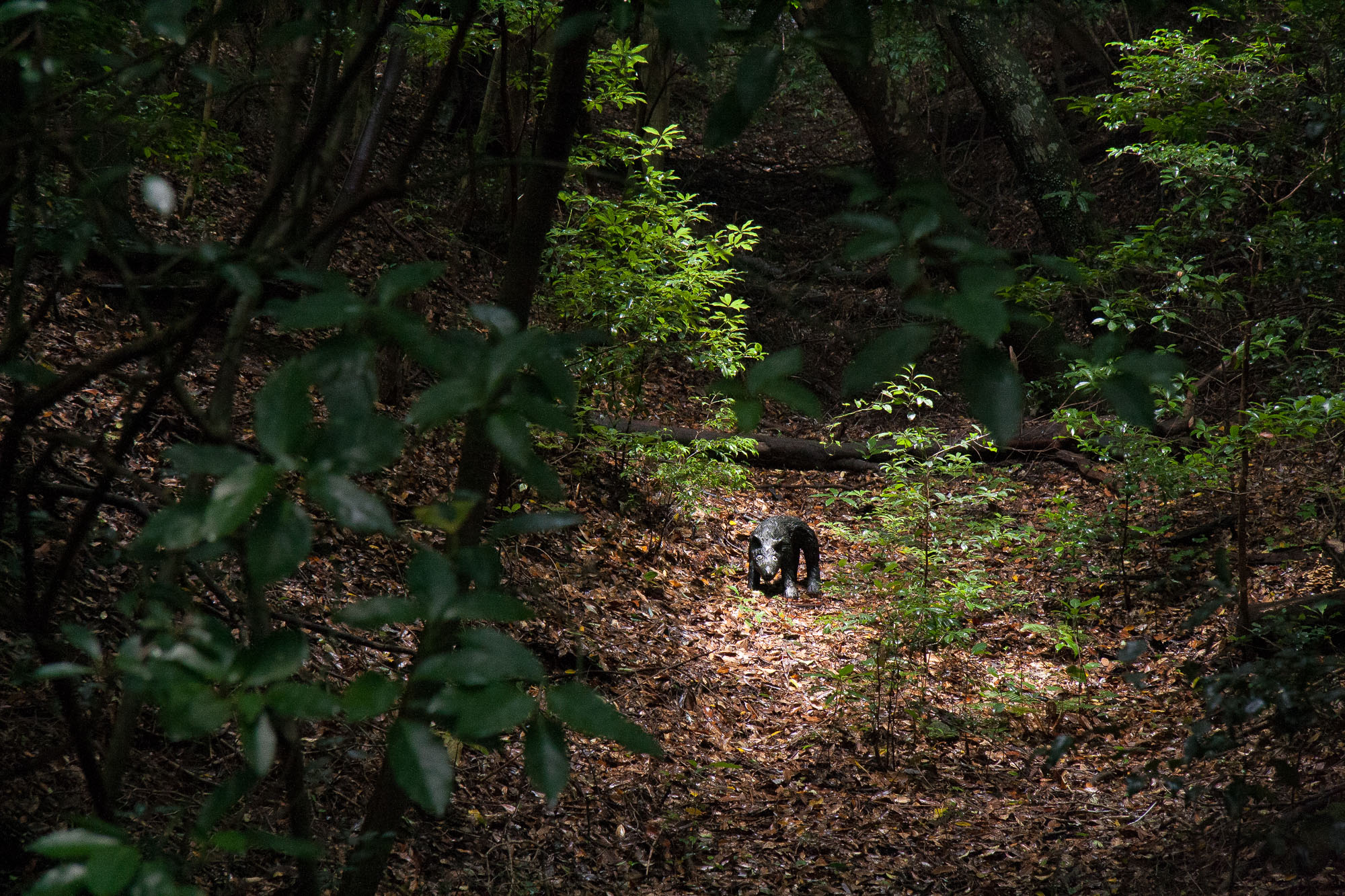
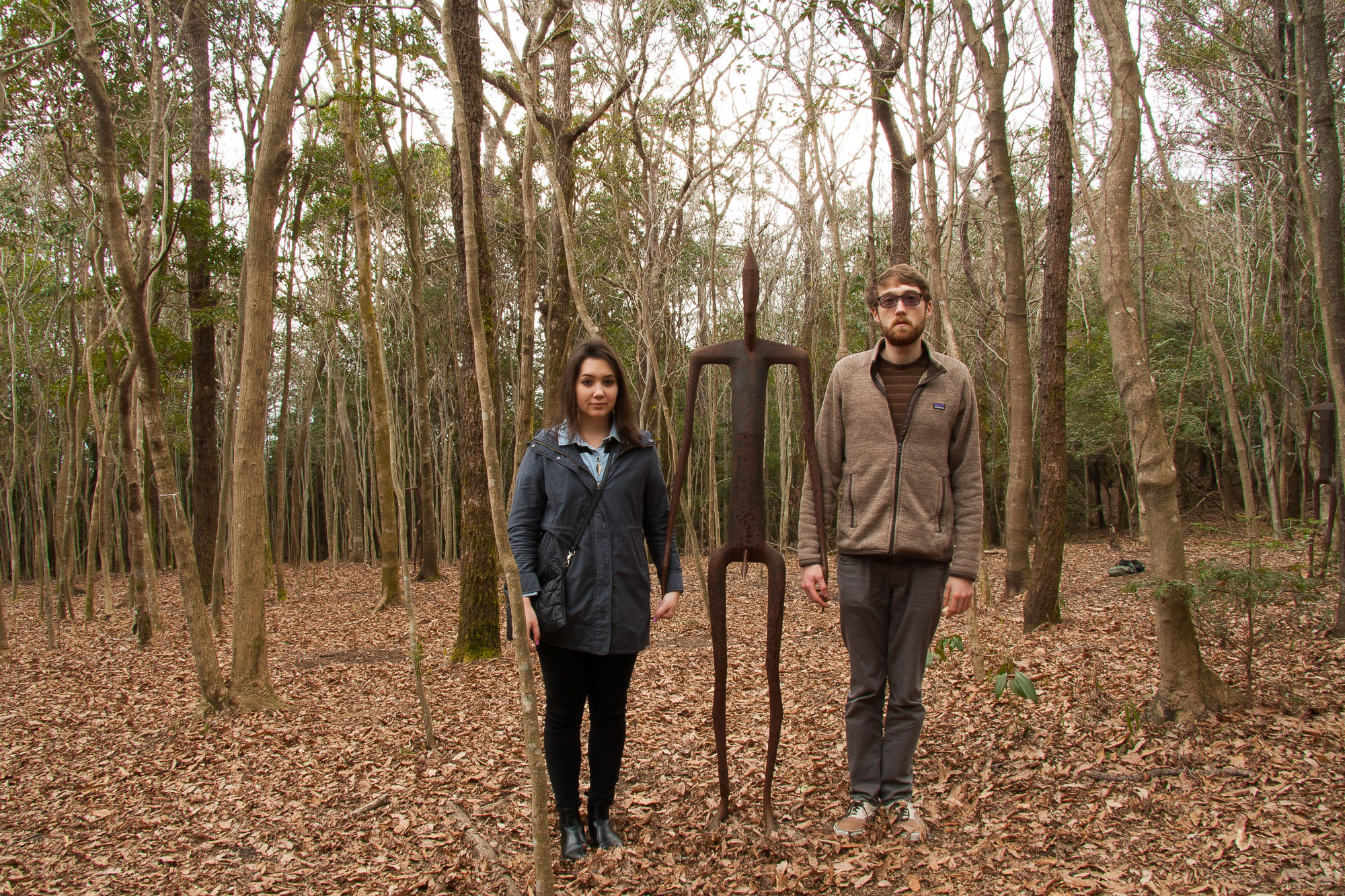
If you prefer solace to a search, you can find it in Finnish architect Sami Rintala’s Forest Observatory. Based on the idea that whispering can be more effective than shouting, the simple, spatial design helps visitors to listen to their surroundings more keenly. The enclosing white walls catch sounds from outside and the courtyard keeps them within.
Outside of the forest, in the art garden, a group of giant, golden picture frames are sure to catch your eye. Korean artist Choi Jeong Hwa’s You Are The Art is a collection of two-way mirrors; anything you see through the void of the frames is a picture, and you too are the subject.
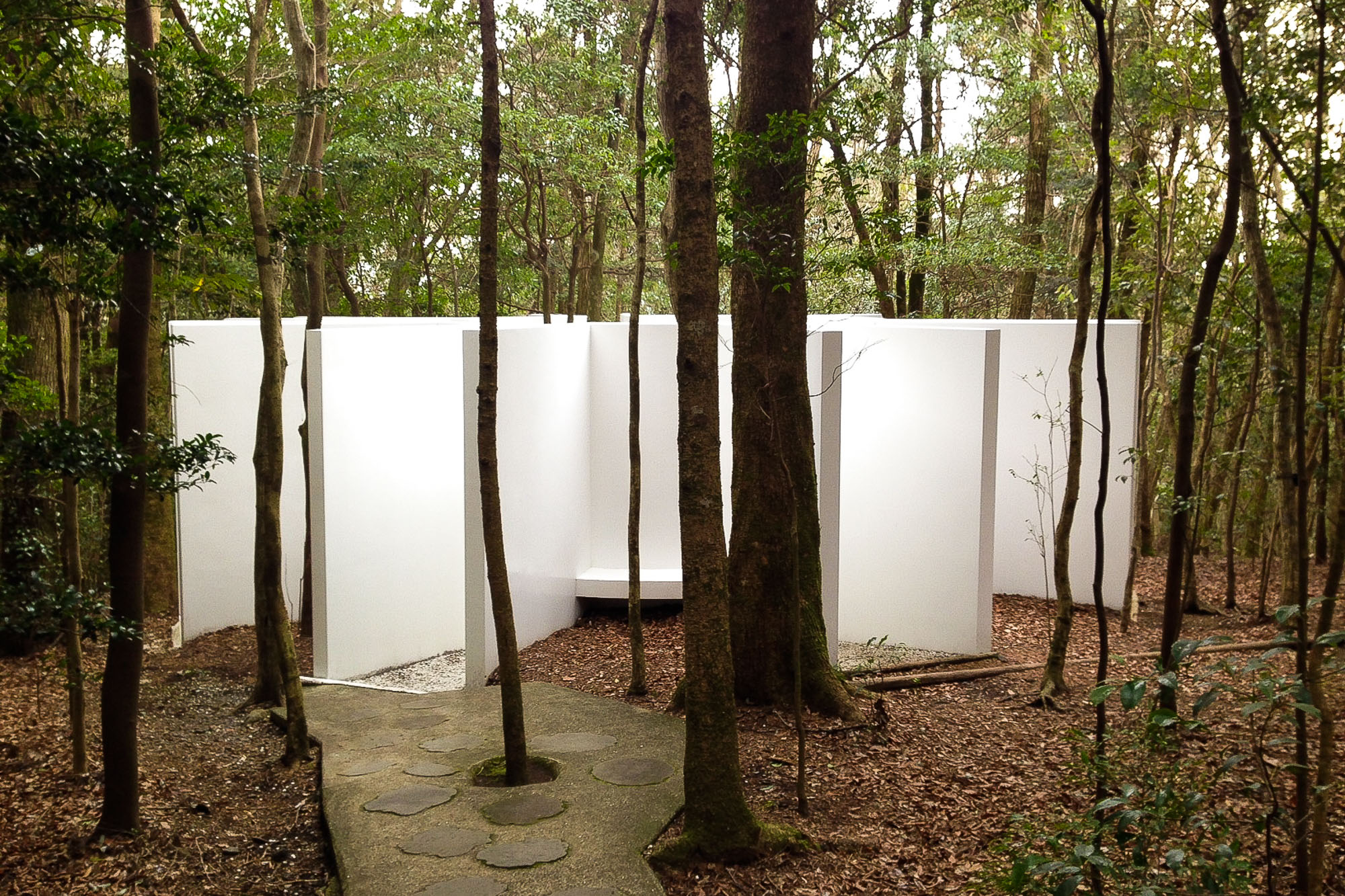
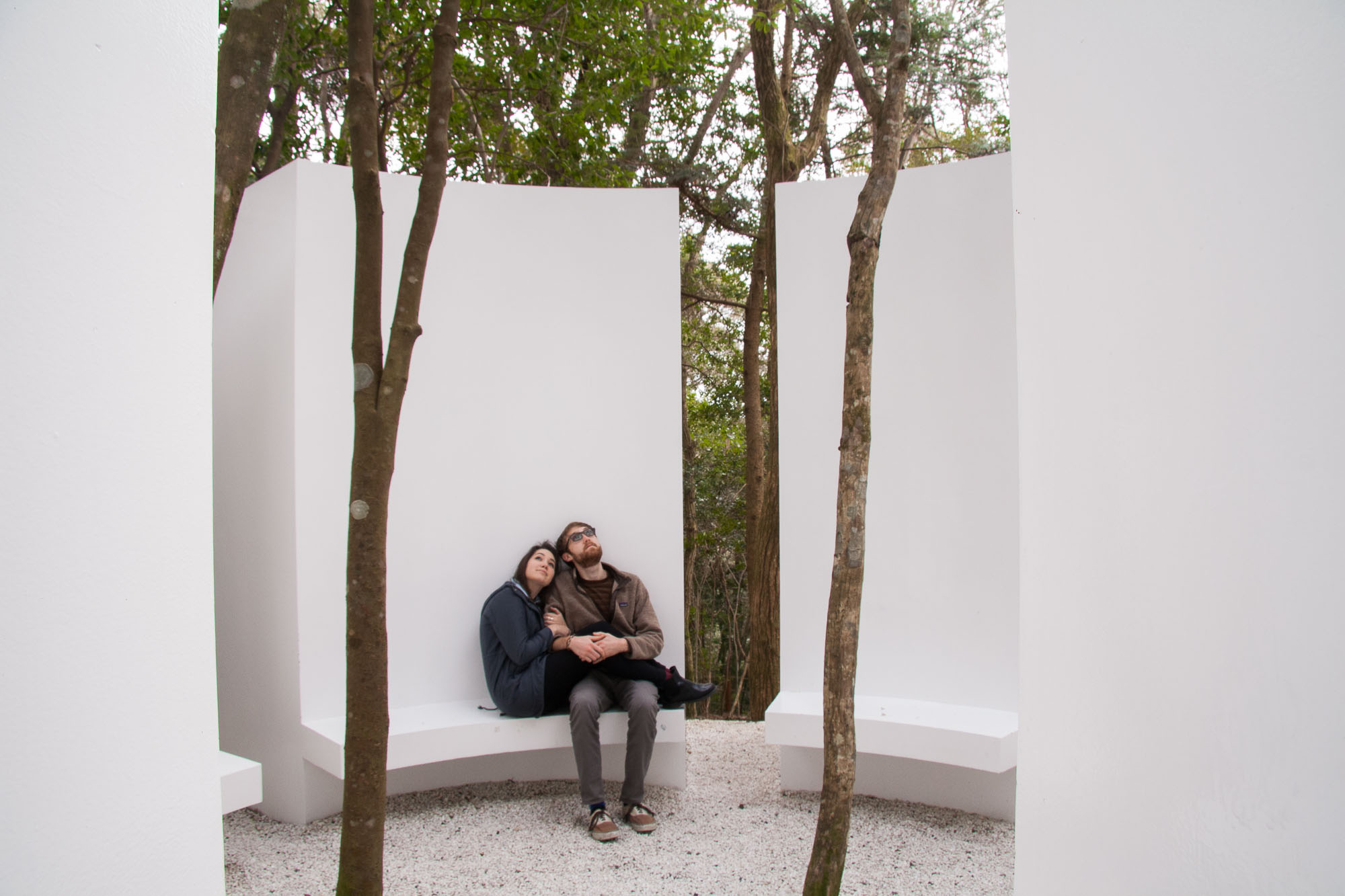
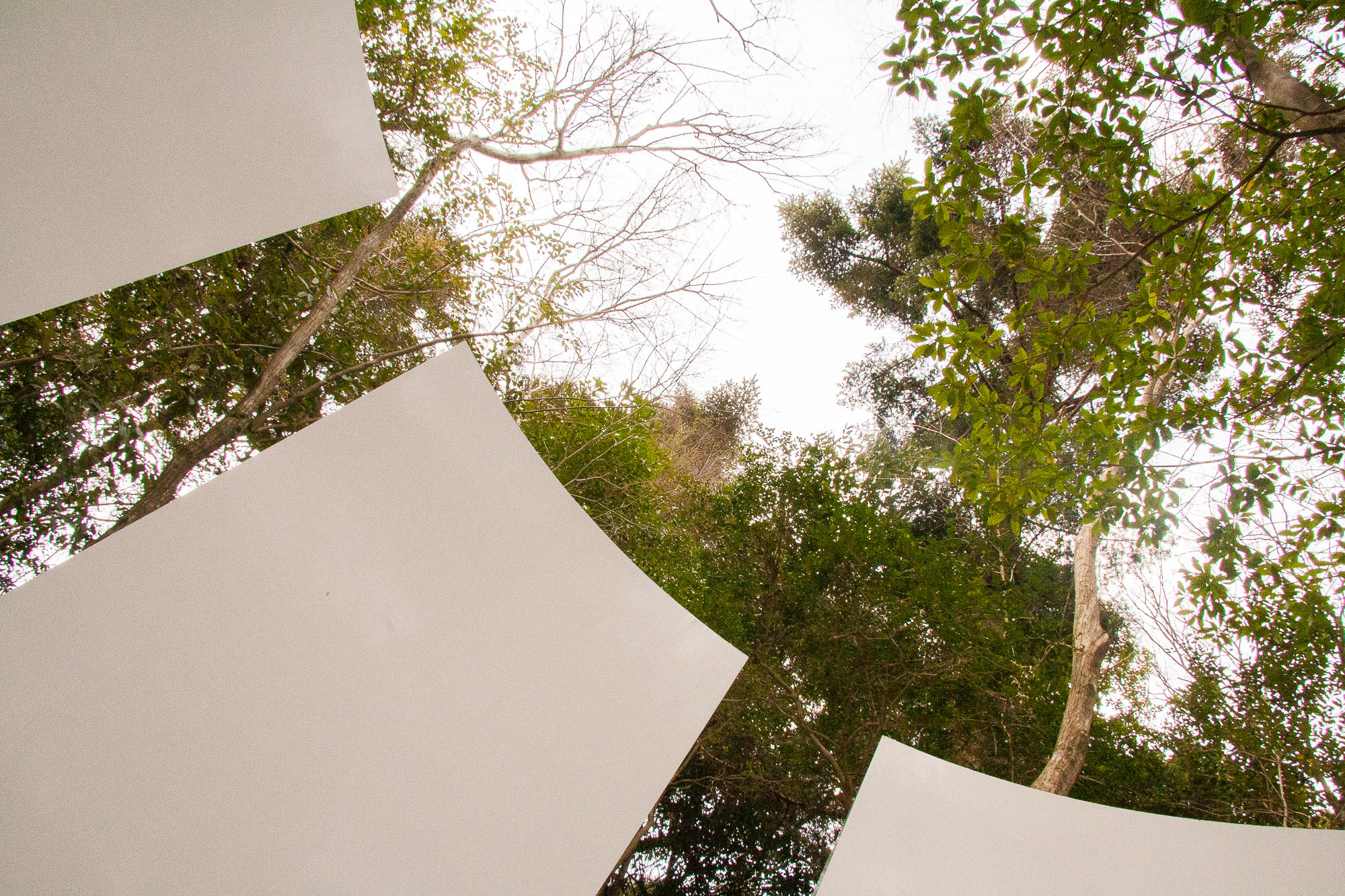
American artist Dan Graham’s installation is an actual two-way mirror. The glass and mirrored pavilion is an instrument of reflection that is activated by the presence of the viewer. You become the art here too, superimposed onto the images of the surrounding trees and landscaped lawns.
We stayed until closing exploring the more than a dozen other pieces on show. Even though it was my second visit, and at an arguably not-so-great time of year, I still enjoyed it as much as my first.
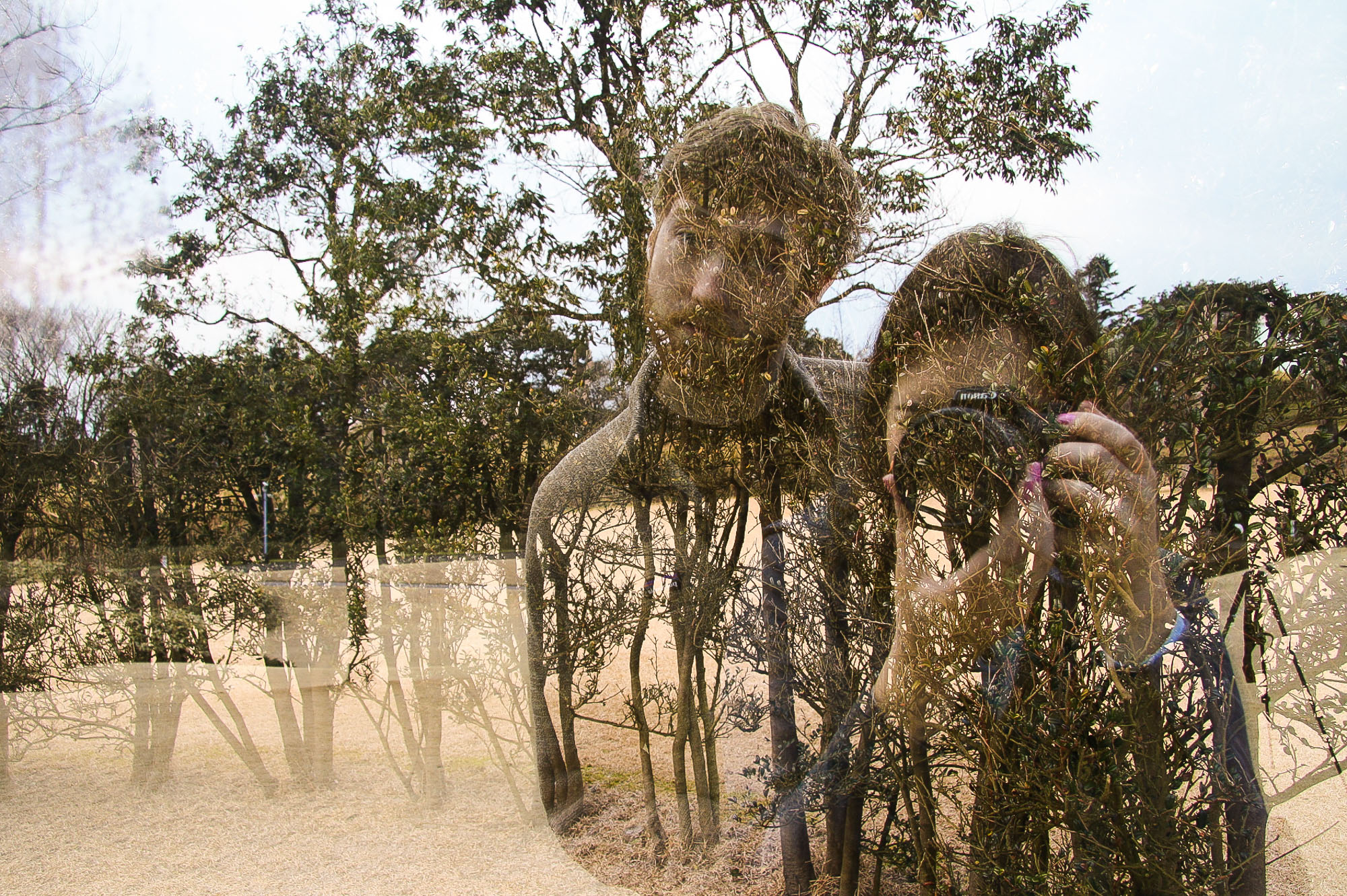
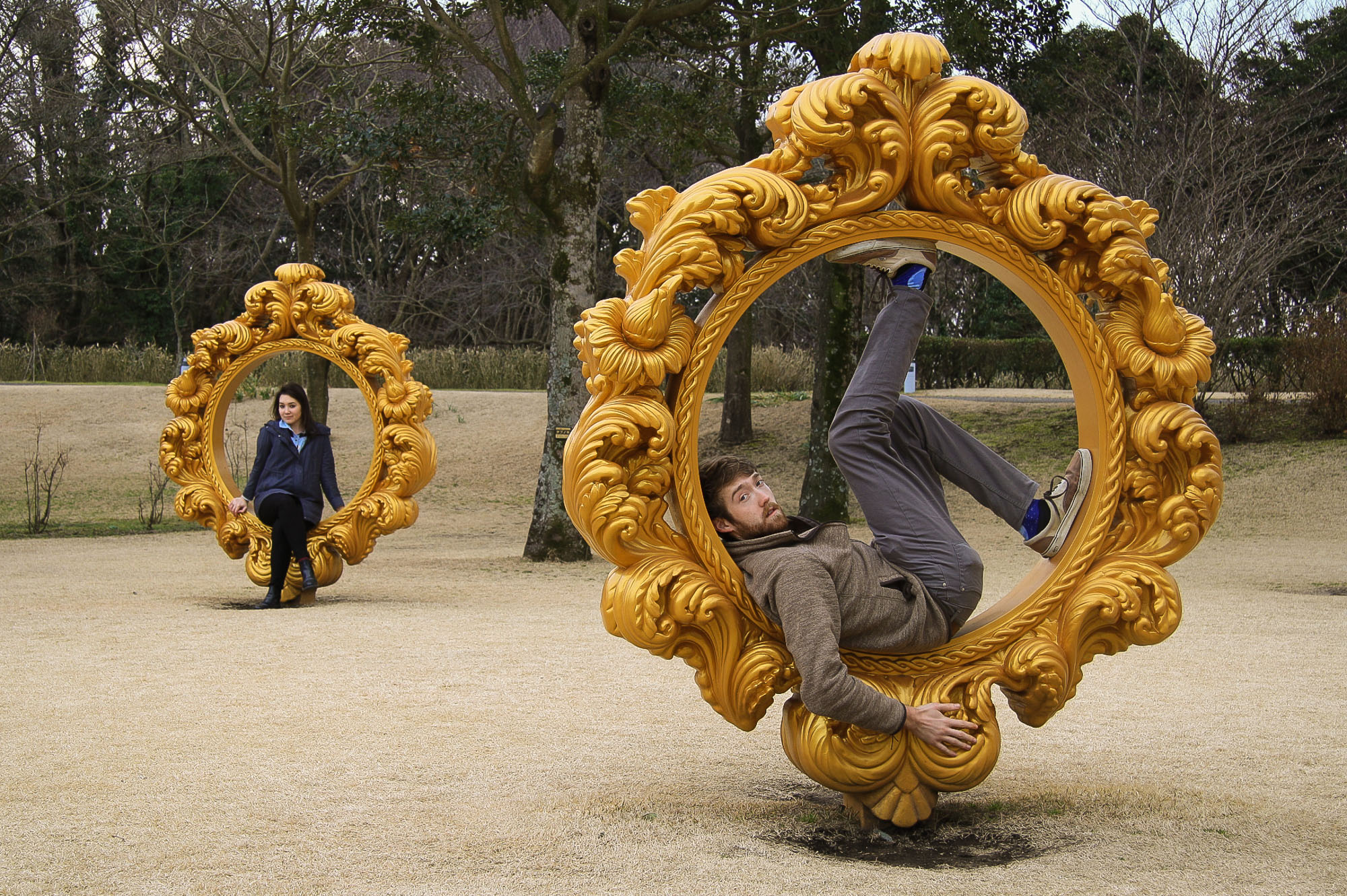
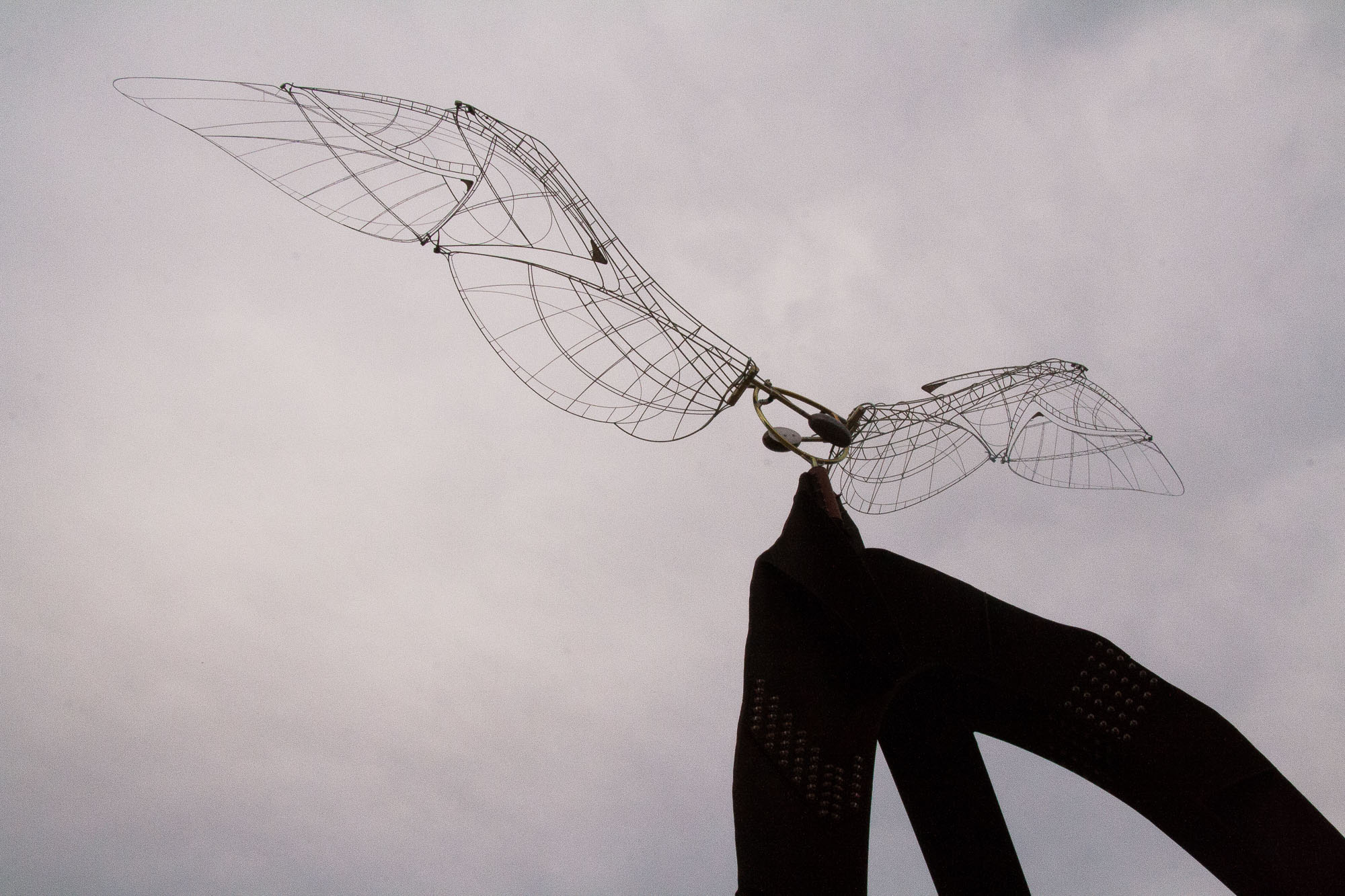
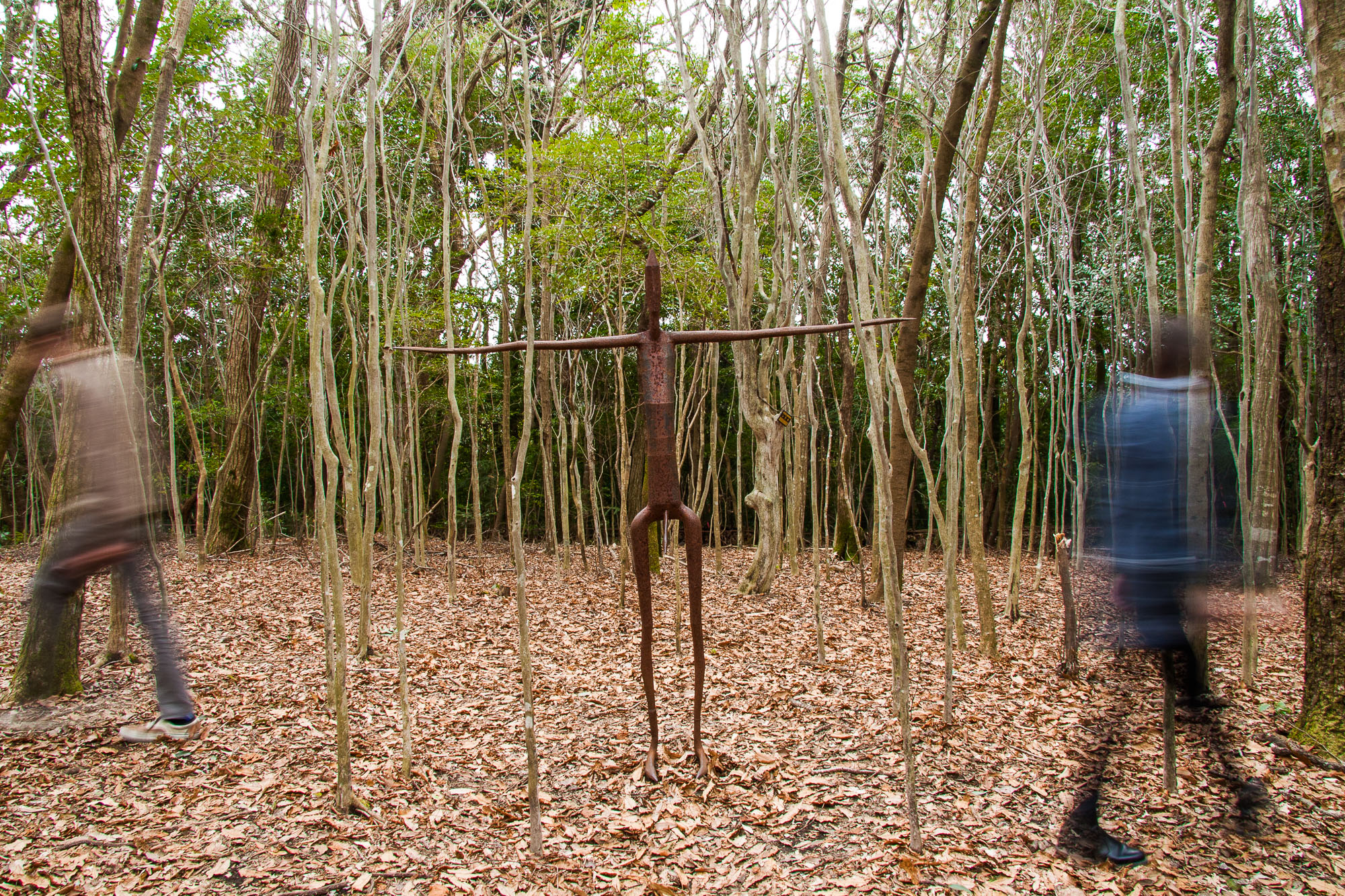
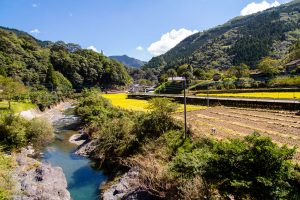

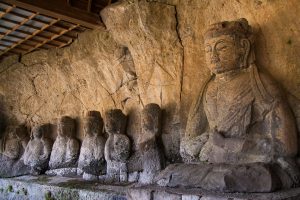
2 Comments
Join the discussion and tell us your opinion.
Going here tomorrow! Can’t wait! Thank you so much for your write up, I never would have included it in my travels otherwise. 🙂
Oh, nice! Glad to have inspired a visit 🙂 It’s a cool place – enjoy!